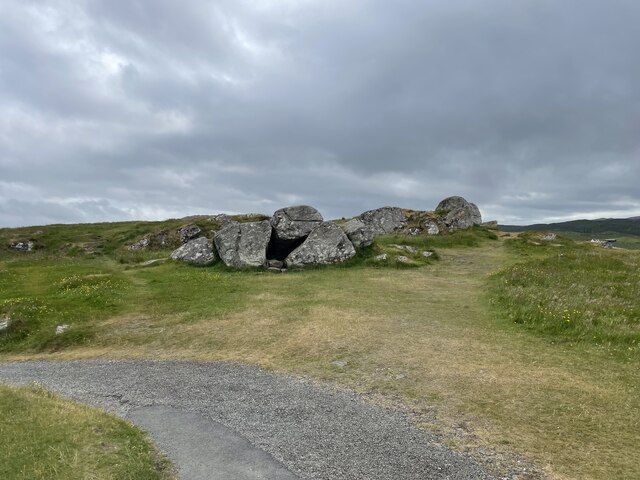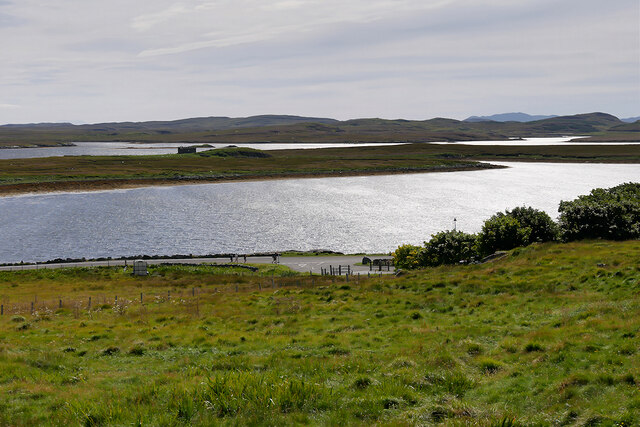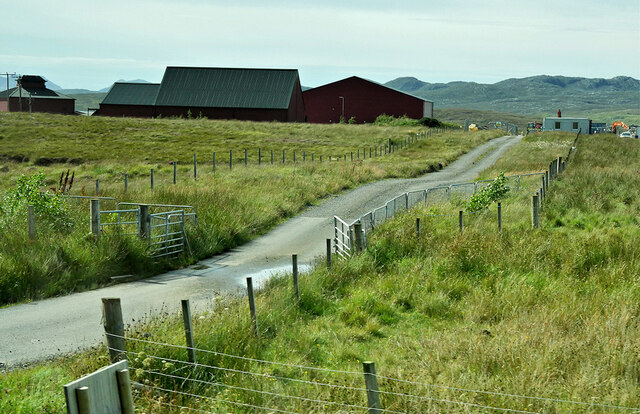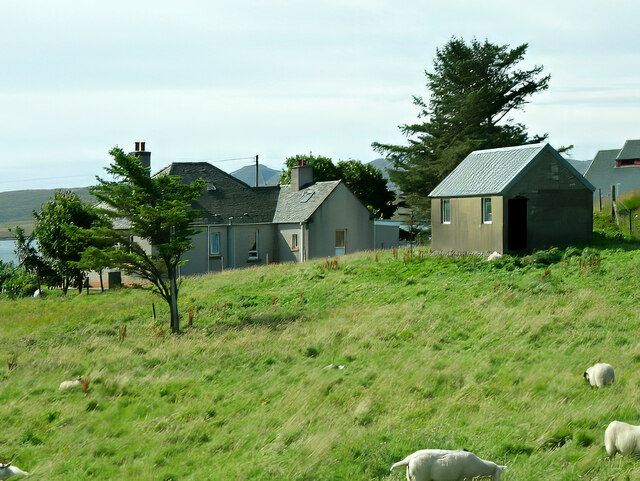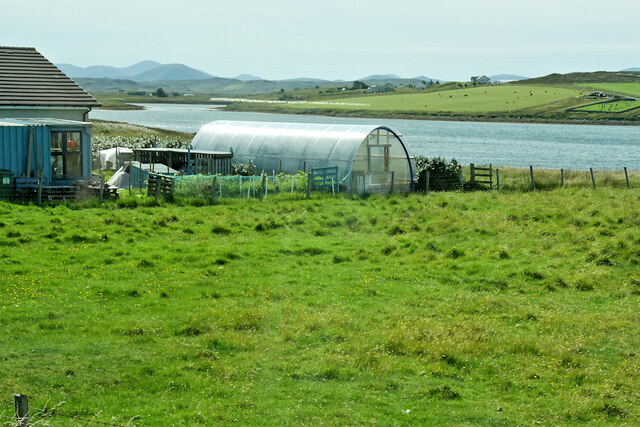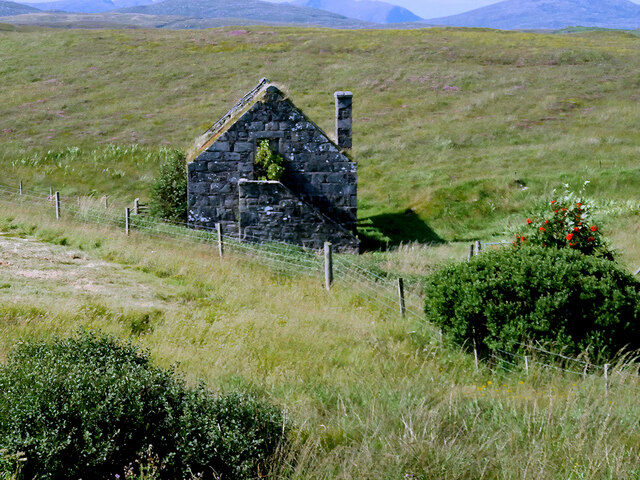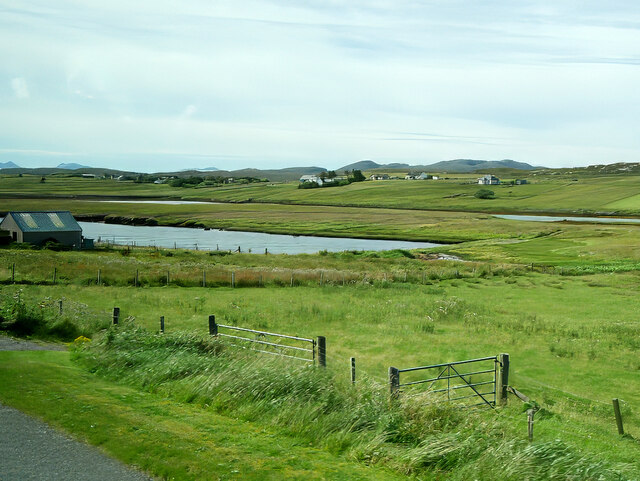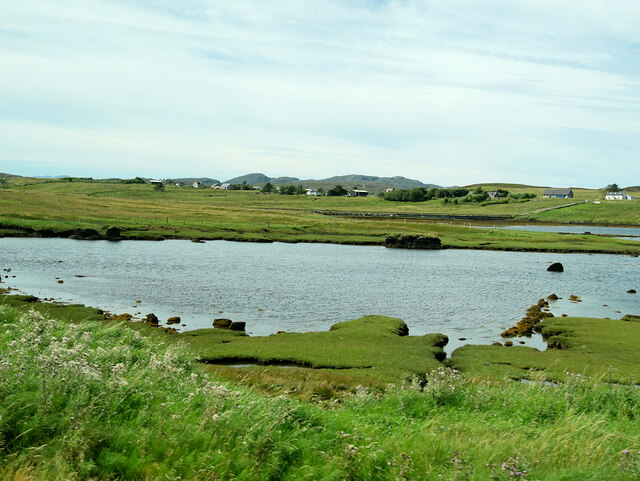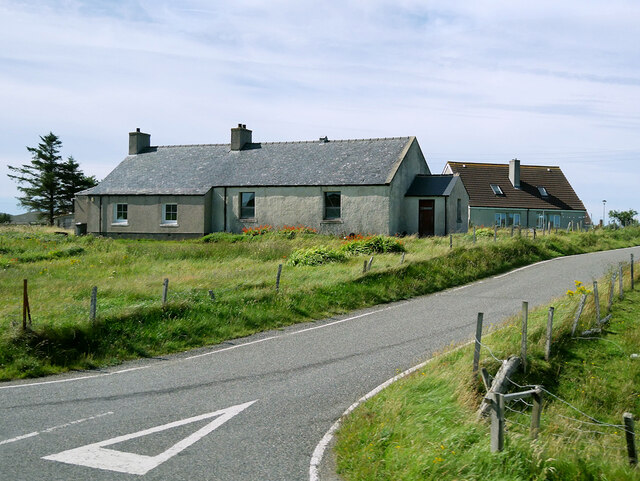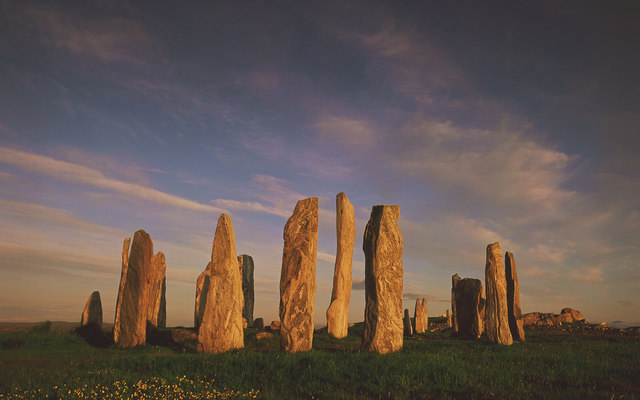Cnoc Buaile Raicill
Hill, Mountain in Ross-shire
Scotland
Cnoc Buaile Raicill
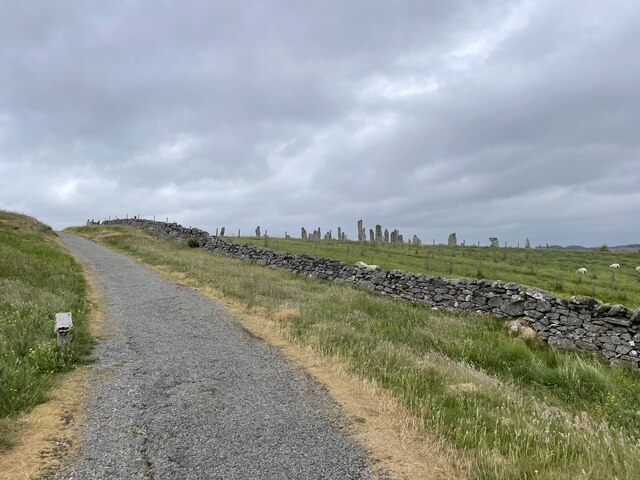
Cnoc Buaile Raicill, also known as Cnoc Buaile Raiceil or simply Raicill Hill, is a prominent hill located in Ross-shire, in the Scottish Highlands. It is situated near the small village of Achnasheen, approximately 30 miles west of Inverness. With an elevation of 712 meters (2,336 feet), it is classified as a Corbett, a term used to describe Scottish hills between 2,500 and 3,000 feet.
Cnoc Buaile Raicill offers stunning panoramic views of the surrounding landscape, including the picturesque Loch Rosque and the Torridon Mountains to the west. The hill itself is characterized by a rugged and rocky terrain, typical of the Scottish Highlands, which can present a challenging but rewarding ascent for hikers and mountaineers.
The name "Cnoc Buaile Raicill" derives from the Gaelic language and translates to "hill of the cattle fold of Raicill." This suggests that the area may have been used as a grazing ground or an enclosure for livestock in the past.
The hill is easily accessible from Achnasheen, with various paths and trails leading to its summit. It is a popular destination for outdoor enthusiasts seeking to enjoy the breathtaking scenery and engage in activities such as hiking, hillwalking, and photography.
Overall, Cnoc Buaile Raicill offers a unique opportunity to experience the natural beauty and rugged charm of the Scottish Highlands, making it a must-visit location for those exploring the Ross-shire region.
If you have any feedback on the listing, please let us know in the comments section below.
Cnoc Buaile Raicill Images
Images are sourced within 2km of 58.202078/-6.7569735 or Grid Reference NB2033. Thanks to Geograph Open Source API. All images are credited.

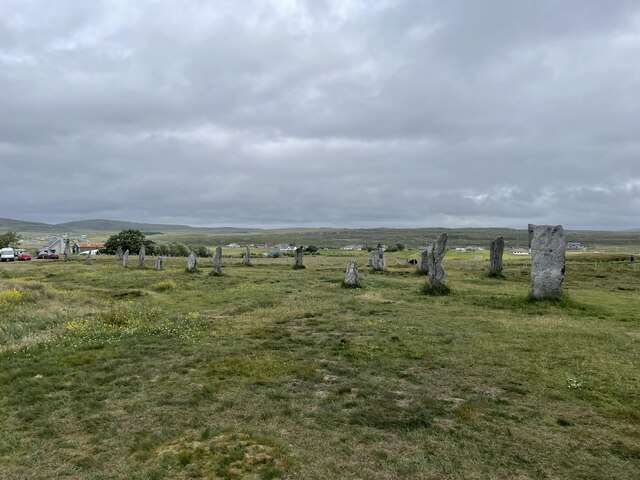
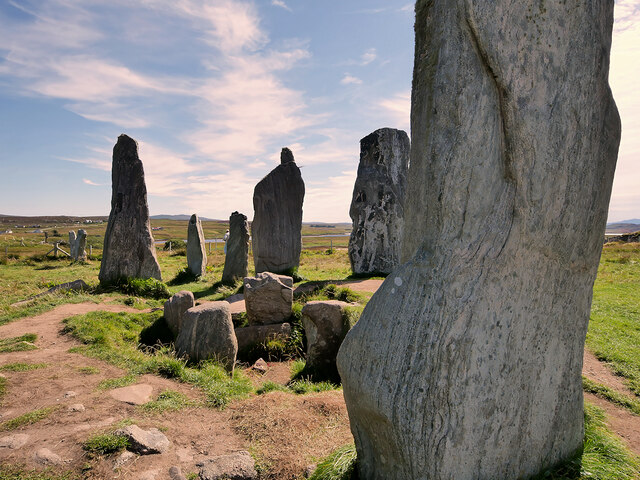
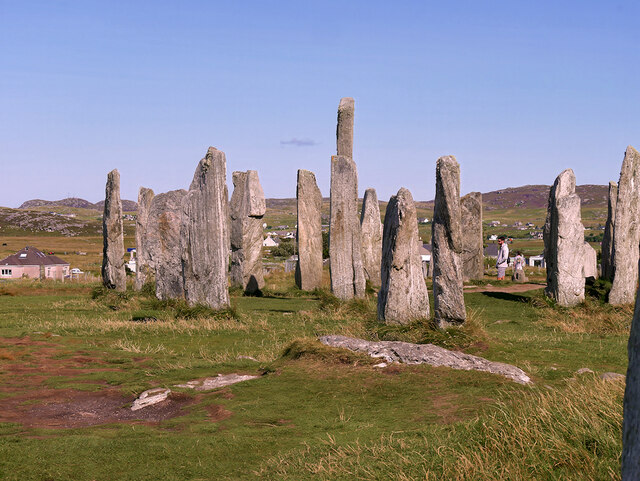
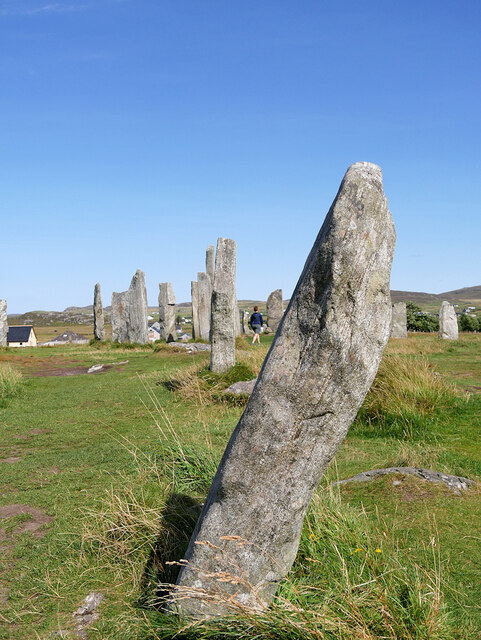
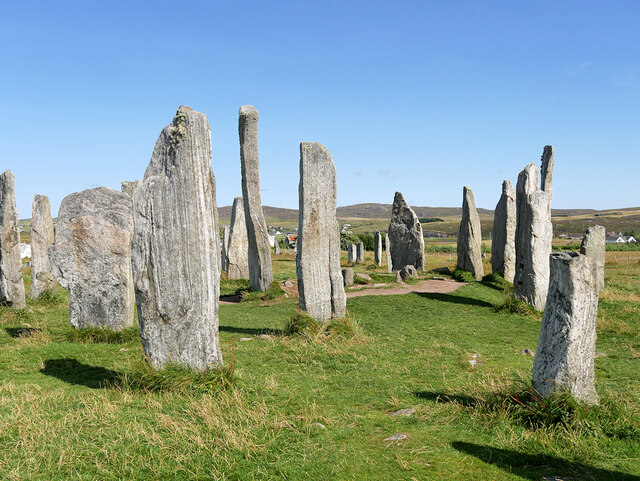
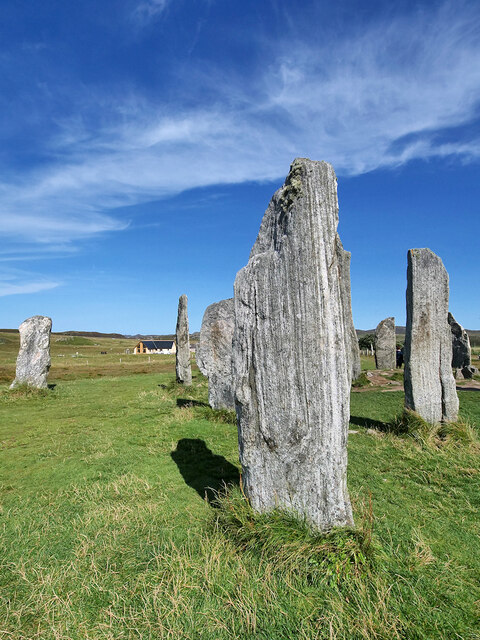
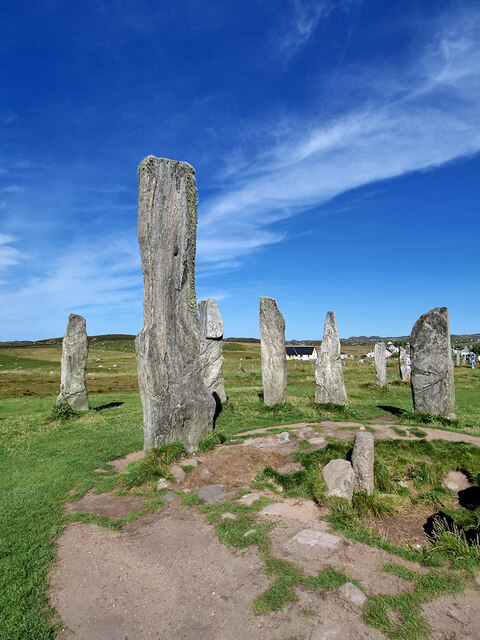
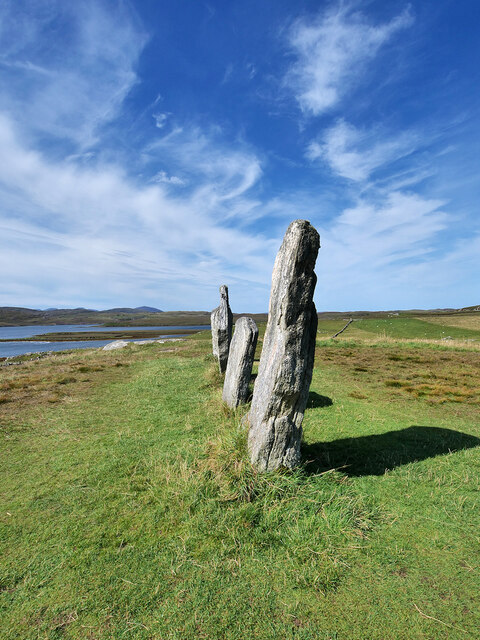
Cnoc Buaile Raicill is located at Grid Ref: NB2033 (Lat: 58.202078, Lng: -6.7569735)
Unitary Authority: Na h-Eileanan an Iar
Police Authority: Highlands and Islands
What 3 Words
///candy.boards.printers. Near Carloway, Na h-Eileanan Siar
Related Wikis
Eilean Chearstaidh
Eilean Kearstay (Scottish Gaelic: Eilean Chearstaigh) is an uninhabited island in Loch Roag in the Outer Hebrides of Scotland. It lies south east of Great...
Callanish
Callanish (Scottish Gaelic: Calanais) is a village (township) on the west side of the Isle of Lewis, in the Outer Hebrides (Western Isles), Scotland. Callanish...
Callanish Stones
The Callanish Stones (or "Callanish I": Scottish Gaelic: Clachan Chalanais or Tursachan Chalanais) are an arrangement of standing stones placed in a cruciform...
Callanish II
The Callanish II stone circle (Scottish Gaelic: Cnoc Ceann a' Gharaidh) is one of many megalithic structures around the better-known (and larger) Calanais...
Ceabhaigh
Ceabhaigh is a small island in an arm of Loch Ròg on the west coast of Lewis in the Outer Hebrides of Scotland. It is about 25 hectares (62 acres) in extent...
Callanish III
The Callanish III stone circle (Scottish Gaelic: Cnoc Fillibhir Bheag) is one of many megalithic structures around the better-known (and larger) Calanais...
Breasclete
Breasclete (Scottish Gaelic: Brèascleit) is a village and community on the west side of the Isle of Lewis, in the Outer Hebrides, Scotland. Breasclete...
Callanish X
The Callanish X stone circle (or "Na Dromannan", "Druim Nan Eun") is one of many megalithic structures around the more well-known and larger Calanais I...
Related Videos
Callenish Stone Circle 2019 @TOTAMSAstrology
TOTAMSAstrology Renaissance of the Sacred: Stars,Stones, and Stories Outer Hebrides Island of Scotland. 2019 @jdgiamario.
Older than STONEHENGE #shorts #scotland #outerhebrides
PLAN YOUR TRIP TO CALLANISH STANDING STONES WITH OUR DETAILED TRAVEL GUIDE ...
Callanish Standing Stones With Music On History Visit To Isle Of Lewis Outer Hebrides Scotland
Tour Scotland short 4K travel video clip, with Scottish music, of Callanish Standing Stones circle on ancestry visit to Isle Of Lewis ...
Have you been to Cnoc Buaile Raicill?
Leave your review of Cnoc Buaile Raicill below (or comments, questions and feedback).
